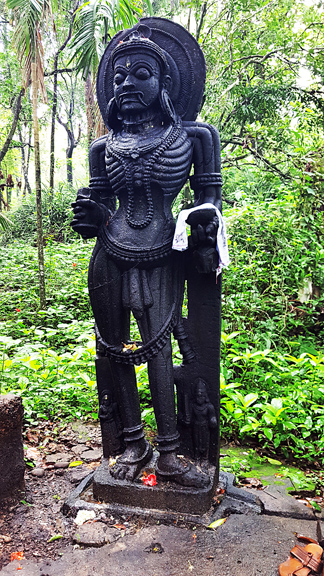
After driving through the thick forest for hours in the tiny village of Loliem at Canacona South Goa, we finally managed to locate the Betal shrine. The very first sight of Betal was unsettling to say the least. There was no shrine* but a towering black basalt stone idol of Betal, stark naked with his piercing gaze stood amidst thick green foliage of the rainforest. The smell of freshly soaked earth in first monsoon showers combined with the pregnant silence made the setting poignant. We were awestruck by the beauty and grace of the solitary god who stood mutely watching over his territory.
Measuring two meters in height, Betal of Loliem is the tallest freestanding Betal idol in Goa. What makes Betal of Loliem a commanding figure among other icons, is his ‘tribhanga’ posture (rest all the idols stand in ‘sambhanga’ position) and a circle of nimbus or ‘prabhavali’ around his head , a rare feature in Betal iconography.
Betal is a gramdevata or village deity** in the western coast of India of Konkan, Goa and North Karnataka. Considering the number of shrines across Goa, one assumes that the cult of Betal was widespread in ancient times. Betal sculptures found in Goa dates back to the Shilahara – Kadamba period from 700 A.D. According to D. D. Kosambi, Betals were worshiped by non- Aryan, Austric tribes who had settled in Goa and were engaged in agricultural activities.*** There are three types of Betals, Agio-Betal, Jwala-Betal and Pralay-Betal.
A local lore suggests that Betal was tricked into staying in the village of Canacona. Once a Betal arrived in the region after conquering twelve territories and was about to conquer the thirteenth region, by killing all the inhabitants who would confront him. But a shrewd community chieftain, by the name Nagizan, requested Betal to reside in the village as the guardian. Betal agreed on the condition that he would be given a two-legged animal, four-legged animal, a ten-legged animal as well as a fetus as an offering. Nagizan agreed and offered him a fowl, buffalo, crab, and a tender areca nut sprout. Nagizan thus tricked Betal to stay in the village as the protector.
The iconographic depictions of Betal show him as a warrior, holding a dagger or sword in his right hand and a vessel (akshaya patra) in his left. A scorpion dangles around the waist girdle made of bells, and serpents entwine as armlets. He is also wearing a rundamala (garland of human heads). His gaping mouth reveals sharp fangs, suggestive of his carnivorous nature and his unblinking and piercing eyes make his gaze ominous. Betal’s large circular earlobes dangling over his shoulders and skeletal body frame showing pronounced rib cage reveals that he leads a mendicant’s life. The usual offerings to the Betal consist of a bottle of liquor, meat, and a cigar. He is also offered leather sandals and a stick as he goes around the village as a night watchman on every Wednesday and Sunday.
Very little is known about the cult of Betal and his position and power in ancient Goa. Today Betal remains a tutelary deity, and a village protector.
*According to D. D. Kosambi it was believed that the permanent roof over the image of Betal would bring misfortune to the entire community.
** It is believed Betal and Vetal are the same deity but that may not be the case. Vetal and and Betal are distinct divinities with a different role and function. In Goa, one finds both the categories.
*** Betal is known for his fertility rites. and worshipped by couples desiring children. He nude form and ‘adhoretas’ lingam signify his role.
Story collected by: Vidya Kamat
Story told by : Dr. Pandurang Phaldesai
Location : Goa
Image : Betal of Loliem, Canacona , Goa
Image copyright : Vidya Kamat







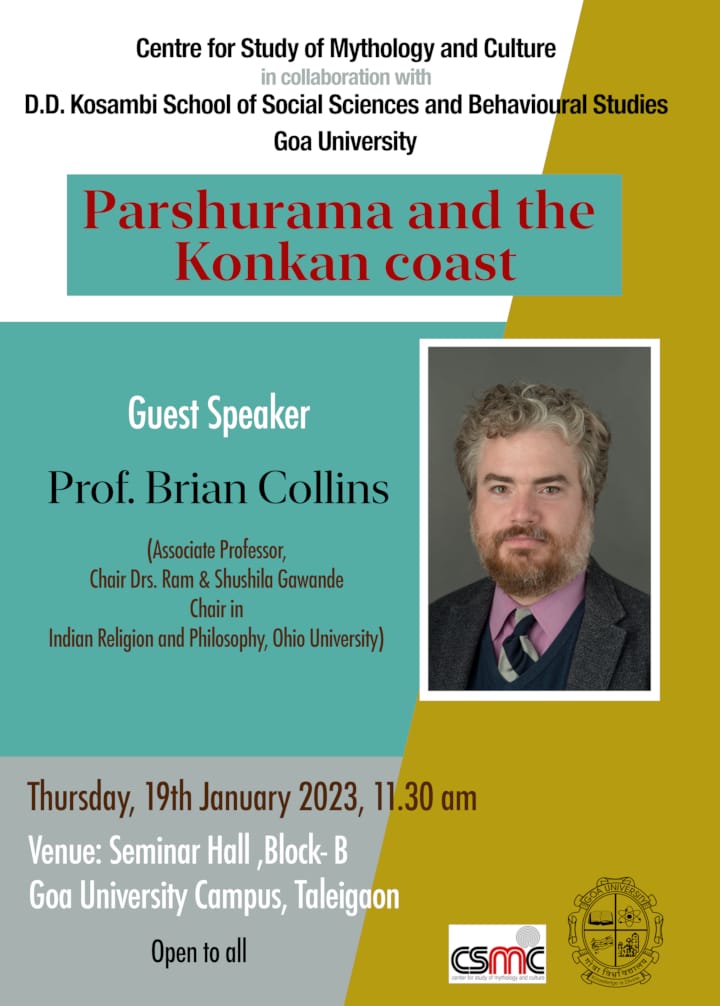
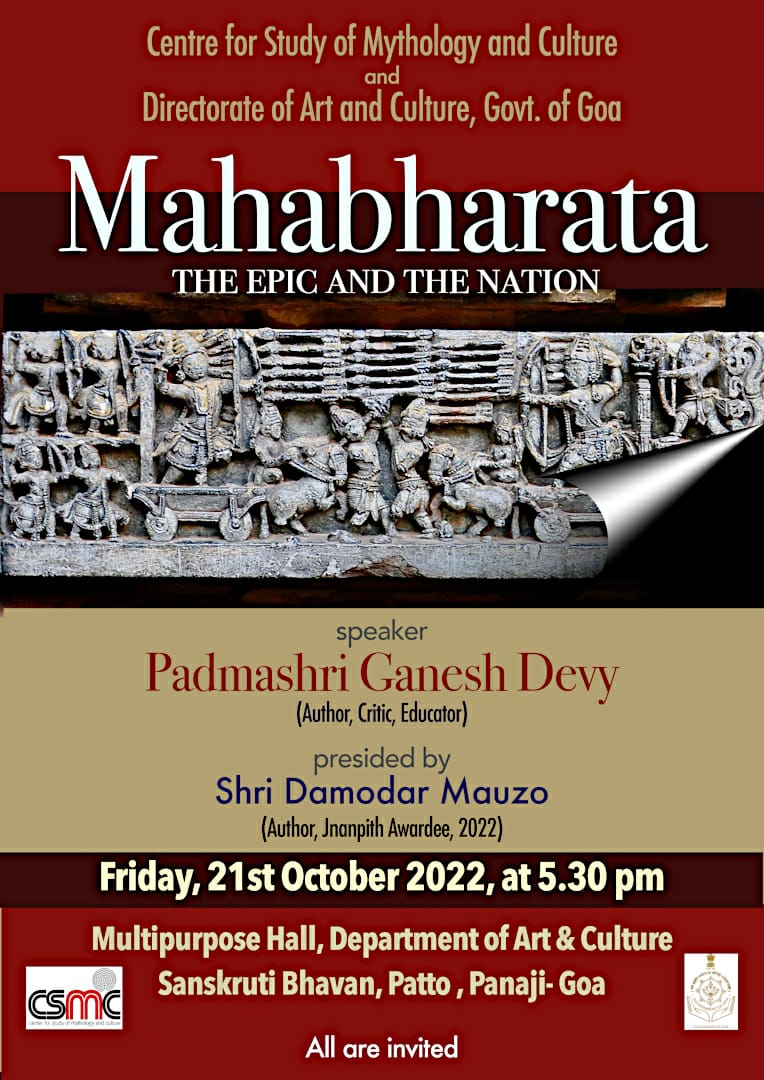
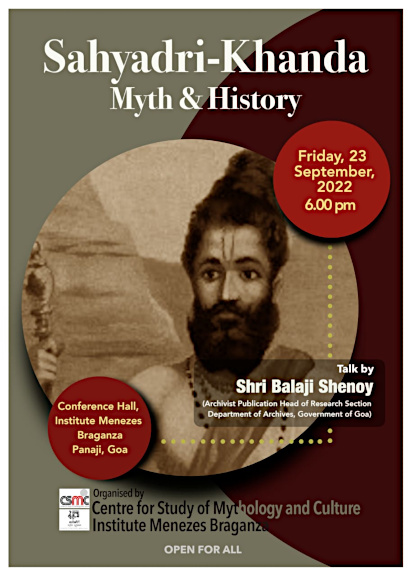
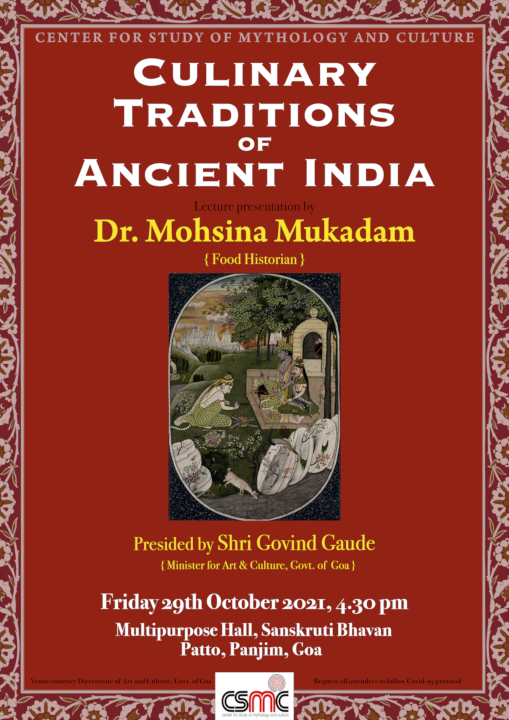

Leave a Comment